October 2013
|
For Miriam
this month got off at the wrong foot. After a ten days prednison cure she's
back on her feet again now, but still easily tired. So Joop had to visit the
regional flea markets on his own. Fortunately there were not that many,
as his appetite for them is slowly decreasing. During the last few years there
seem to be more stalls with clothing each time. |
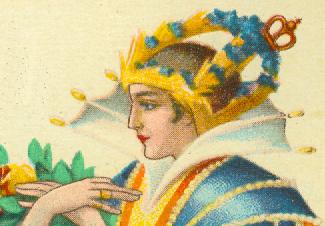 |
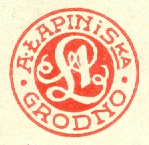 |
So no
wonder that these visits didn't result in any buys at all. A visit to an
auction house brought two wonderful decks, both of them not new for our
collection, but definitely both an improvement of quality. Our other
sure source, the internet, brought a couple of interesting additions: an
antique Grimaud deck with illustrated aces of Parisian scenes, a not
often seen German deck with military and political figures from the pre-WW I
era and the new Royal Optik deck by the Uusi studio from Chicago, which
is shown in the Art&Cards section. |
They
made a fine shortlist, but this month our
attention was attracted by an Ebay auction that offered a "vintage deck of
playing cards in case from Belarus". It showed some pictures of these
wonderful courts and we already saw that the indices rather referred to a Polish
origin than a Belarusian one. When the deck arrived we were impressed by the
artwork, which none of the other decks would surpass this month. The soft
tones tipped the scale and we hope you'll
enjoy them just as much as we do..............
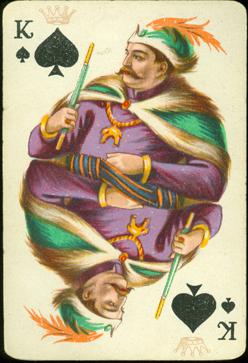
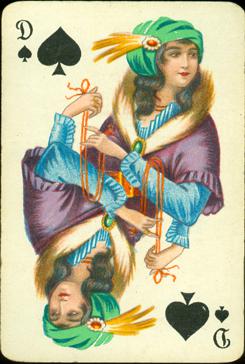
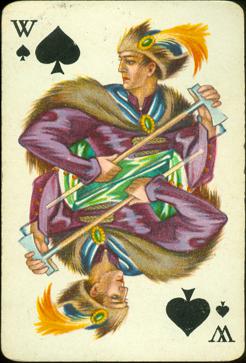
These soft tones
had given us hope that the deck could have been printed in chromolithography, so
when it arrived we immediately took out the magnifying glass. But alas, the
cards were printed in offset. However, those beautiful courts (Queen of Clubs!)
immediately made up for that disappointment. The indices are Polish: K =
Król, D = Dama, W= Walet and A= As. The kings all have a crown above the large
suit sign.
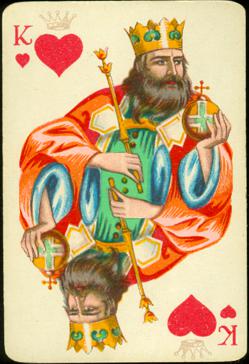
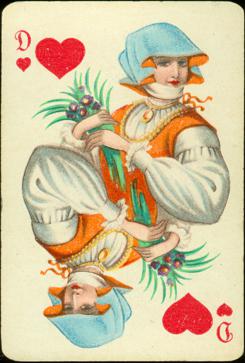
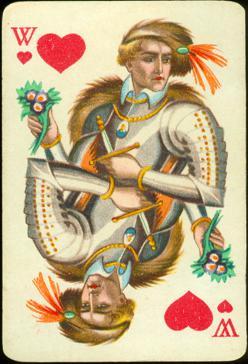
The
Ace of Hearts is an interesting one. There's a polish tax stamp on it and a
printed one. The latter could refer to the publisher, but more likely it refers
to the maker. It has the monogram A L in the middle and A. LAPINiSka and
Grodno in the outer circle. The American seller mentioned Lapinska as maker and
he had probably googled Grodno and found that it was
a city in Belarus, hence his title for the auction.
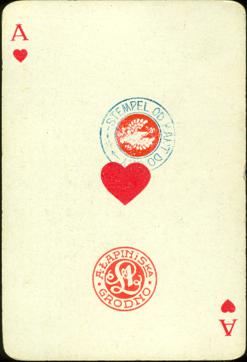 |
However, why is there a Polish tax stamp on that ace?
To determine the date of a tax stamp, we always use Peter Endebrock's
site about tax stamps and in this case the tax stamp was described as
dating from ca. 1925. With this information we looked into the history
of Grodno and found that this city has been known under several names:
Hrodna in Belarus, Hrodne in Russian, Grodna in Latin, Gardinas in
Lithuanian and Grodno in Polish. The city is located on the Neman river
and had since its origin in the 12th century been a center of trading
routes and at some point in time belonged to each of the mentioned
countries. After WW I the Germans had to pass on the city to Poland and
from 1920 to 1939 it was part of Poland.
The printed stamp gives the Polish name for the city and also possibly
the name of the maker. To determine the correct name we sought help from
some Polish people in the Netherlands and it turns out that in Polish
the name in full is A. Lapin i Spólka, which is to be translated as A.
Lapin & Company.
Unfortunately researching that name didn't bring any useful information. |
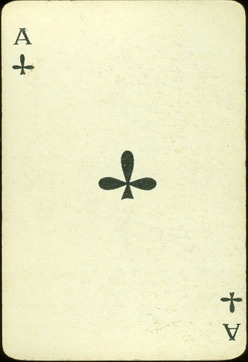
|
In Mid-European countries like Austria or Poland a company logo is often
printed on the Ace of Hearts (here like a stamp) by the manufacturer.
|
Through
our French fellow collector Yves Lemains we learned from the russian
website russcards.com that the company was founded by Alexander and
Abraham Lapin in 1923 and cards were produced until 1939, when the
Germans occupied Poland. The brothers died in the getto and their
factorywas taken by the German typographer Max Leopold Kohl until the
end of the occupation in 1944. After the Russian intervention Grodno
became part of Belarus. The factory was nationalized and only produced
posters and printed propaganda, but no cards anymore. |
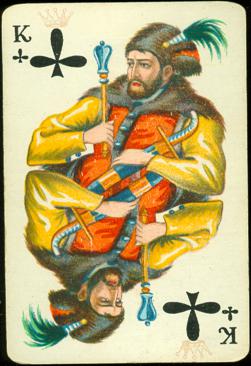
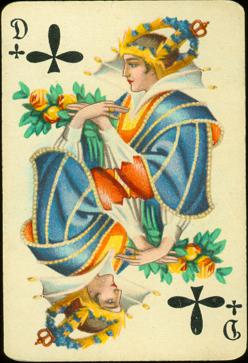
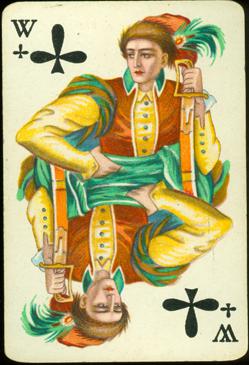
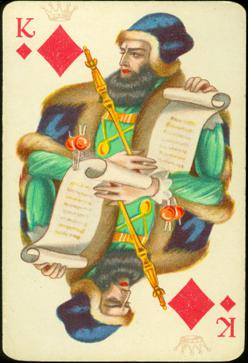
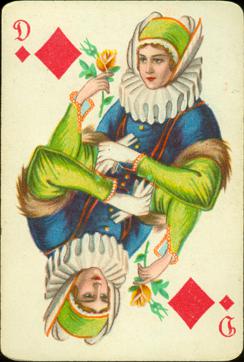
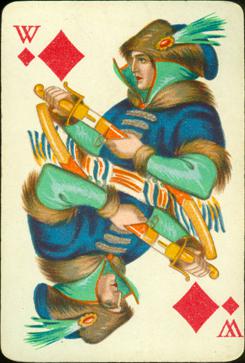
The joker looked very familiar, but browsing through our
(non-standard) Polish decks we didn't find it. So the joker probably comes with
modern standard-like Polish decks, as we found 8 different variations of a
reproduction of this joker in our single jokers collection. They were slightly
larger, so the line-work is a bit cruder, and they all had stars in the corners
or the word joker on them. One of them was even done in color.
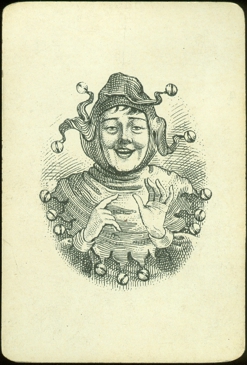
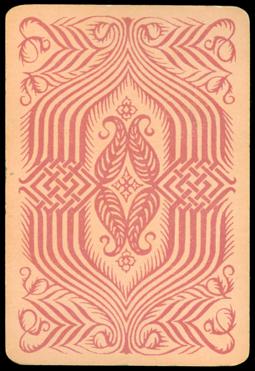
We don't show the box here, because it's rather doubtful
that it is the original one.
BACK TO PRESENT MONTH

















